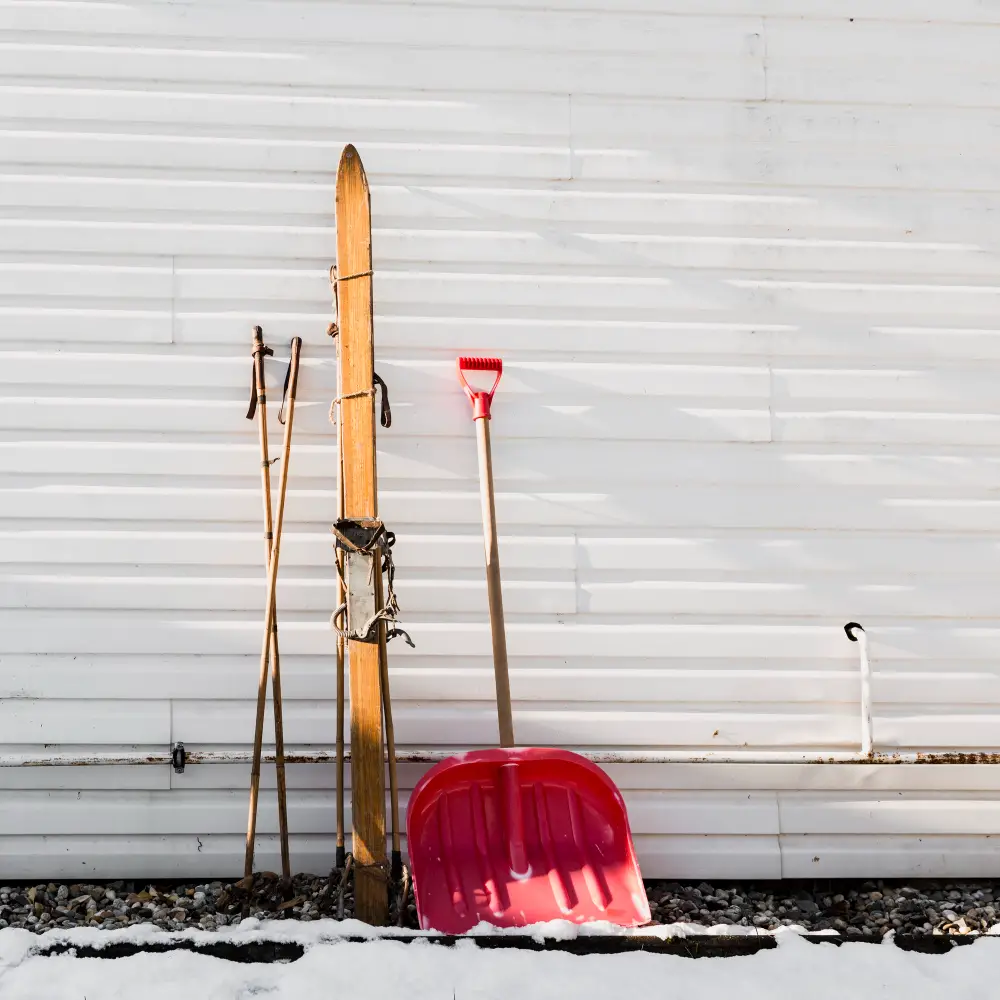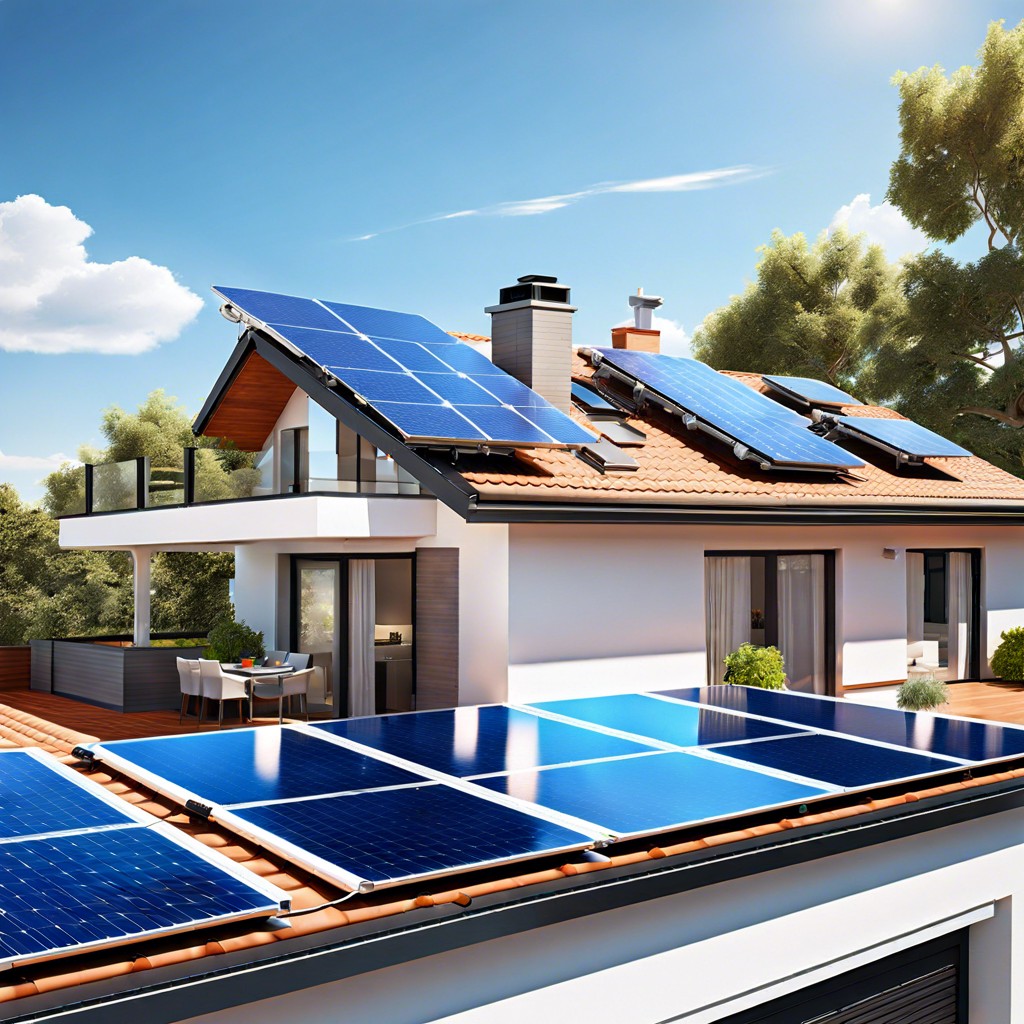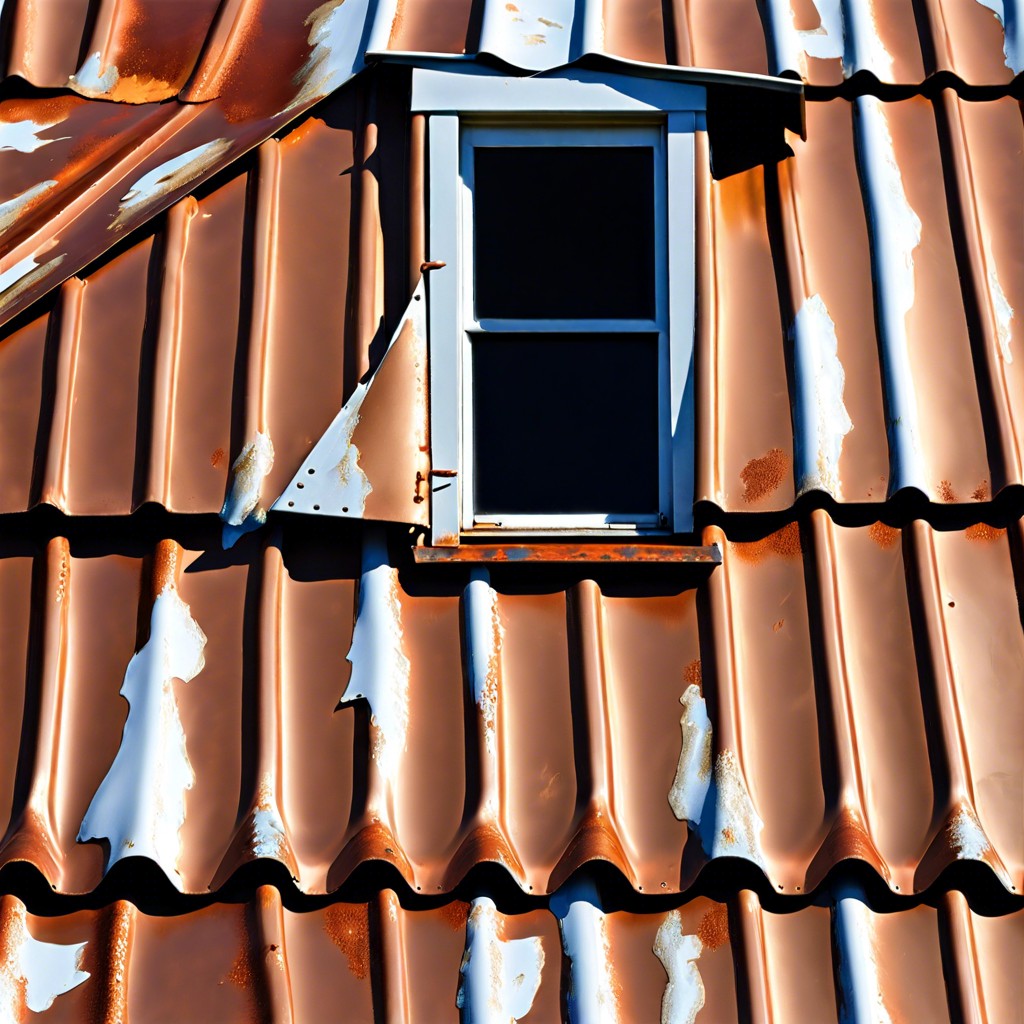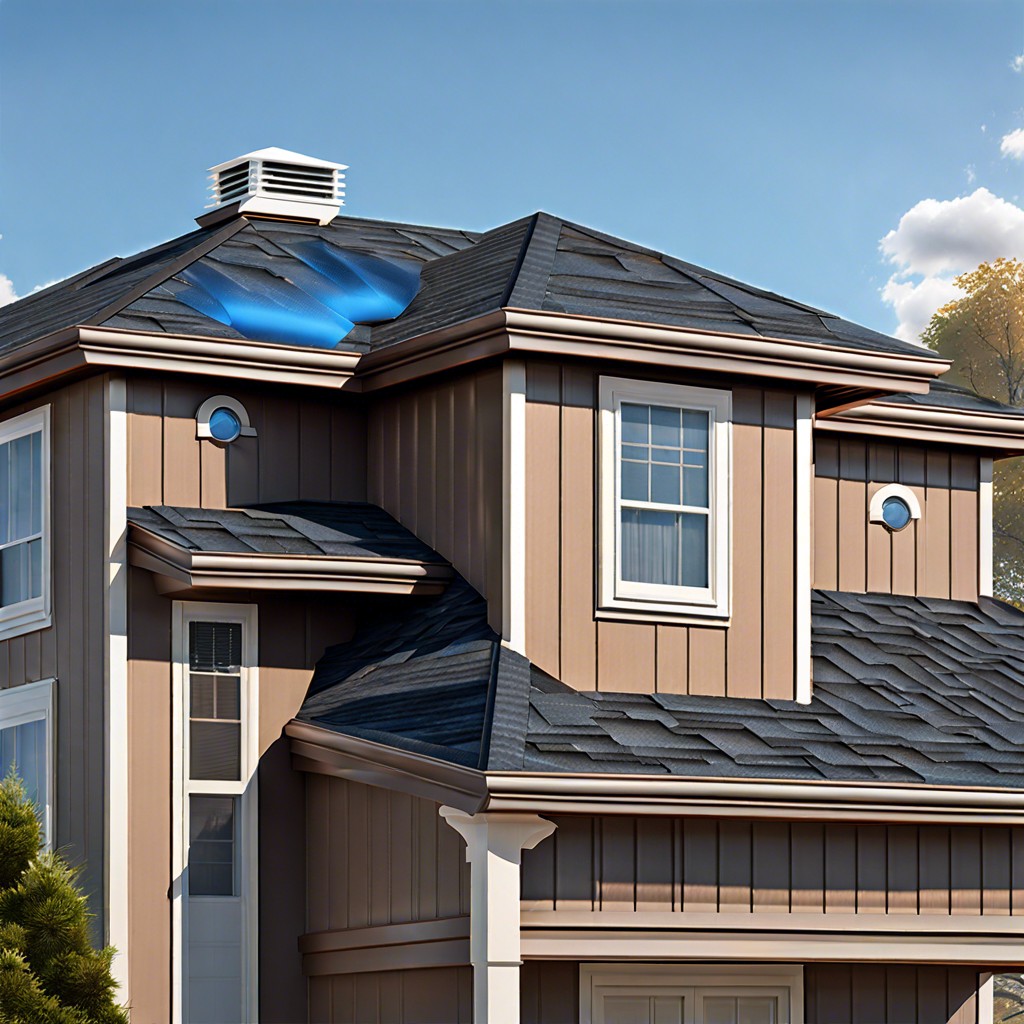Last updated on
This guide will help you choose the best roof rake for safely removing snow and preventing ice dams on your roof.
Key takeaways:
- Choose the right type of roof rake for your needs
- Benefits of using a roof rake for snow removal
- Key features to consider when purchasing a roof rake
- Safety tips for using a roof rake
- Maintenance and care tips for your roof rake
Types of Roof Rakes

Roof rakes come in several varieties, each suited to different needs and roofing materials. The most common types include:
Aluminum Roof Rakes: Lightweight and resistant to rust, these are ideal for removing snow without placing excessive weight on your roof.
Plastic Roof Rakes: A budget-friendly option that is gentle on roof shingles but may not be as durable as metal rakes.
Telescoping Roof Rakes: These feature an extendable handle that allows you to clear snow from the ground, perfect for high roofs or maintaining a safe distance from ice and snow.
Wheeled Roof Rakes: Equipped with small rollers, these rakes glide smoothly over your roof surface, reducing the risk of damage to shingles.
Understanding the specific characteristics of these rakes can help you choose the right tool for maintaining your roof and preventing snow-related damage.
Benefits of Using a Roof Rake
Using a roof rake after heavy snowfall can significantly extend the life of your roof by preventing damage. Snow and ice accumulation can lead to ice dams, which might force water under shingles, causing leaks and structural damage. Regularly removing snow helps maintain the integrity of your roof.
Moreover, this tool reduces the weight on your roof, preventing potential sagging and collapse. A lighter roof means less stress on your home’s entire structure.
Additionally, a roof rake can save on energy costs. By clearing snow, you enhance your roof’s insulation abilities. This results in better heat retention inside the house, reducing the need for additional heating.
Lastly, it’s a proactive safety measure. Removing heavy snow and icicles dangling from your eaves prevents them from falling unexpectedly, which could cause injury or damage property below.
Key Features to Look for in a Roof Rake
When choosing a roof rake, prioritize these essential features:
Adjustable Handle Length: A rake with a telescoping handle allows you to customize the reach, making it easier to clear snow without risking damage by climbing on the roof.
Lightweight Material: Opt for aluminum or lightweight composite materials to reduce fatigue during use. These materials offer the dual benefit of durability and ease of handling.
Large Blade Width: A wider blade can remove more snow with each pull, increasing efficiency. However, ensure the blade isn’t too wide as it can become cumbersome to maneuver, especially in heavy snow.
Protective Roller Wheels: To avoid damaging your shingles, select a rake with wheels or rubber bumpers. These features allow the rake to glide smoothly over the roof surface.
Scratch-Proof Edges: Ensure the edges of the rake are smooth and designed not to catch or tear shingles, which can lead to expensive repairs.
Prioritizing these features will help you select a tool that is effective and safe for your roofing material, ensuring you get the job well done without causing damage.
How to Use a Roof Rake Safely
Before you start clearing snow off your roof, be mindful of your own safety and the integrity of your roof. Here are practical steps to ensure you use your roof rake correctly:
Stand on the ground; never attempt to remove snow from your roof while standing on the roof itself. This reduces the risk of falls and injuries.
Choose the right time to rake your roof, ideally when the snow is fresh and lighter. This makes the task less strenuous and more efficient.
Use a telescoping handle to extend your reach without needing a ladder. Ensure the handle is securely locked in place to prevent it from collapsing.
Begin at the edge of the roof and pull snow down in small amounts. Avoid pulling large amounts of snow at once to prevent damage to your roof shingles.
Maintain a safe distance from the falling snow to avoid being hit by snow or ice being raked from the roof.
Take frequent breaks to avoid overexertion, especially in extreme cold temperatures, as this can lead to exhaustion or injury.
By following these tips, you can safely and effectively remove snow from your roof, safeguarding both your home from potential damage and yourself from injury.
Maintenance and Care Tips for Roof Rakes
Regular cleaning after each use is crucial to prevent rust and damage. Simply wipe down the rake with a damp cloth to remove snow, ice, and debris.
Store your roof rake in a dry, sheltered place to avoid exposure to harsh weather conditions. Hanging it off the ground will prevent bending or warping.
Inspect the rake periodically for signs of wear or damage, particularly checking the handle and blade connection. Tighten any loose screws and replace parts as necessary to maintain optimal performance.
Lubricate moving parts, if your rake has them, with a suitable lubricant. This will keep the mechanism smooth and efficient during operation.
By following these straightforward care guidelines, you can extend the lifespan and enhance the functionality of your roof rake.




